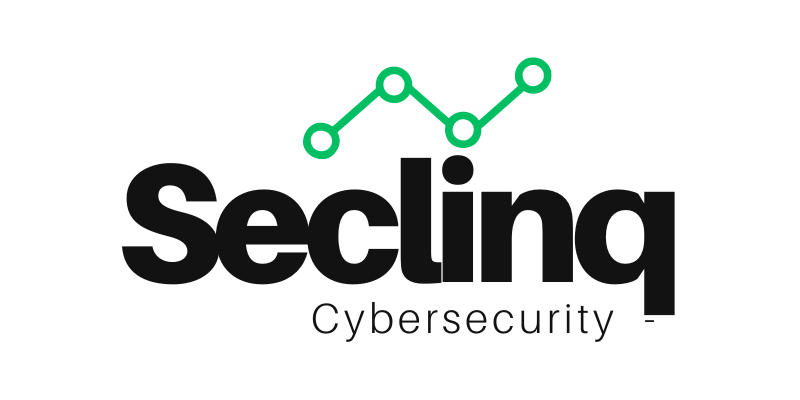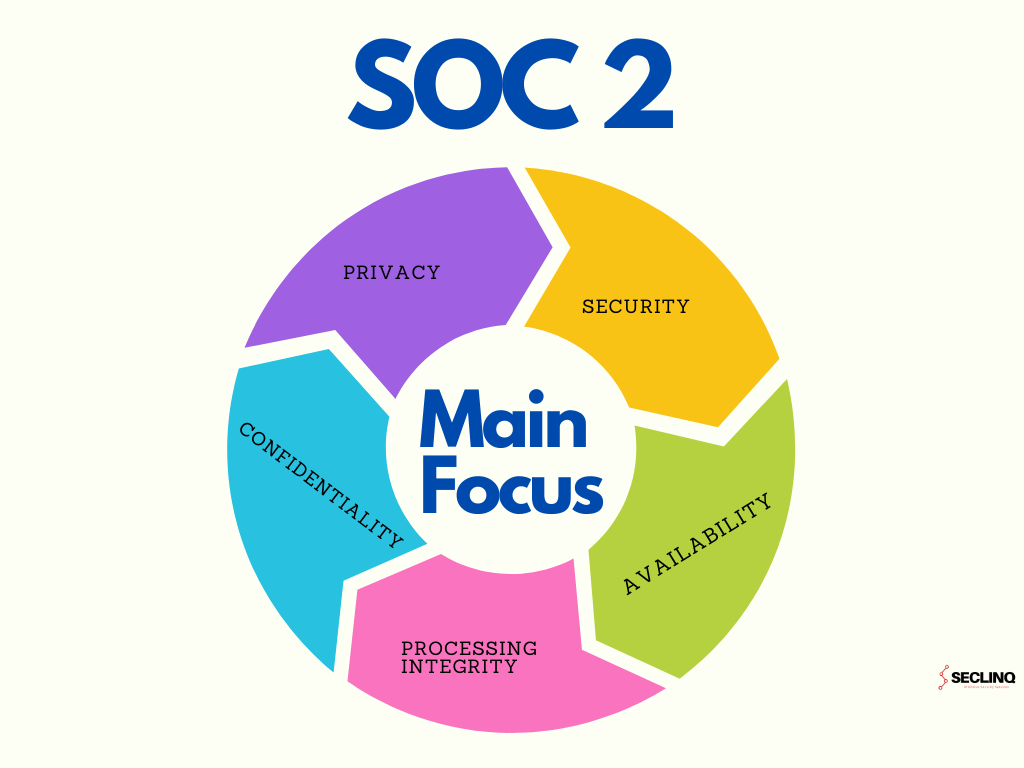For service organizations, SOC 2 is a voluntary standard that describes how to handle client data, published by the American Institute of Certified Public Accountants. Based on the following Trust Services Criteria: security, availability, processing integrity and confidentiality and privacy. It is possible to customize a SOC 2 report to the specific demands of each firm. Various levels of trust may be included in an organization’s control system, depending on the specifics of its business operations. Organizations, regulators, business partners and suppliers may benefit from these internal reports by learning more about how their data is managed.
SOC 2 is not a certification, but rather an auditor’s judgement, and it is vital to keep this in mind. This is where the uncertainty and ambiguity originate from since there is no set list of boxes to complete to become SOC 2 compliant. SOC 2 outlines criteria for which suitable controls must be established instead of employing a specified control set (such as ISO 27001 Annex A Controls). In this blog article, we’ll explain what SOC 2 compliance is and how penetration testing is a crucial supplementary strategy for achieving SOC 2.
5 principles of SOC 2 Audit
SOC 2 Compliance is an annual audit that can be done by an independent auditor. A set of five guiding principles supports the SOC 2 framework.
The five trust principles include:
1. Security
Information security is impossible without safeguarding data from unauthorized access. The Security principle solves this by requiring that only authorized individuals have access to data and that unauthorized individuals are not. In order to accomplish this, it is necessary to create ACLs for all types of resources, including data, hardware, software, and servers on a computer network. ACLs are like a guest list for a party, and they describe who can access each resource.
2. Availability
As a matter of principle, the system must always be available to the designated users according to the SLA. The service level agreement stipulates that the system must be available for use (SLA).
Because their SLA only mandates that the system be available 99.9% of the time, if a client demands a 99.5% uptime, the customer’s requirement has not been satisfied. The service level agreement stipulates that the system must be available for use (SLA).
3. Processing integrity
The processing integrity principle ensures that the security controls of the system are designed and implemented in a way that the system accurately provides and protects the data it is processing. As a result, the integrity of the processed data is guaranteed.
4. Confidentiality
One of the foundational tenets of the security principles and framework is confidentiality. This means that only those people or organizations who need to know are privy to the data. There are many ways to enforce confidentiality, including the use of physical, logical, and operational security measures.
5. Privacy
The privacy concept covers the secrecy of all information in the system, especially personal information, and therefore should be applied to all data at transit and at rest. Access to sensitive data must be tightly regulated, and only those with a genuine need to know should have access, according to this assurance. Personal information (PII) is equally covered by the privacy principle, but only to the extent permitted by law.
Is penetration testing necessary to pass a SOC 2 audit?
Many firms find the process of achieving SOC 2 audit difficult. Because the audit’s scope is so broad, anything may go wrong. SOC 2 compliance is complicated by the fact that it’s not always apparent whether or not a certain activity is required. For example, is penetration testing necessary to meet SOC 2 requirements?
SOC 2 does not require penetration testing, although doing so is a great approach to find out where a company’s security is lacking and to detect any potential threats. Using this information may help firms prioritize their cybersecurity efforts. Not only is penetration testing necessary for SOC 2 compliance, but it is also crucial for general security. Every organization needs it in order to manage its risks.
How can penetration testing help in SOC 2 audit?
The number of firms undertaking compliance audits to verify conformance to the many rules, regulations, and standards that govern their sector has increased significantly in recent years. Vulnerability scans and penetration testing are a component of these compliance checks.
- In order to meet SOC 2 requirements, penetration testing is required. In the SOC 2 compliance committee, it is one of the most important tests. It is the responsibility of security engineers and teams to conduct Penetration Testing as part of a larger testing procedure.
- SOC 2 audit assessments include penetration testing and vulnerability scanning. This will guarantee that a company’s security and IT controls meet the security and privacy requirements of its customers, SOC 2 Compliance utilizes a set of rules and standards.
- SOC 2 audit is critical in today’s digital environment when security lapses are all too often. For your customers, a SOC 2 Compliance report provides assurance that your data is secure. Using these reports, you may demonstrate to your customers the security measures that you use.
- In order to meet SOC 2 requirements, several tests, such as penetration testing and vulnerability scanning, must be performed. Your consumers want you to keep their data safe, and these two tests are designed to make sure that their data is safe.
Conclusion
A company’s security and compliance standards are essential. After all, you can’t expect to follow any industry’s laws, regulations, or standards if you aren’t safe. As one of the SOC 2 audit standards, penetration testing can help ensure that your firm is doing everything it can to protect itself against assaults. The SOC 2 audit standard includes penetration testing, but it’s just one aspect of the process. While not the most important, it is nonetheless crucial to the overall safety of your firm.

